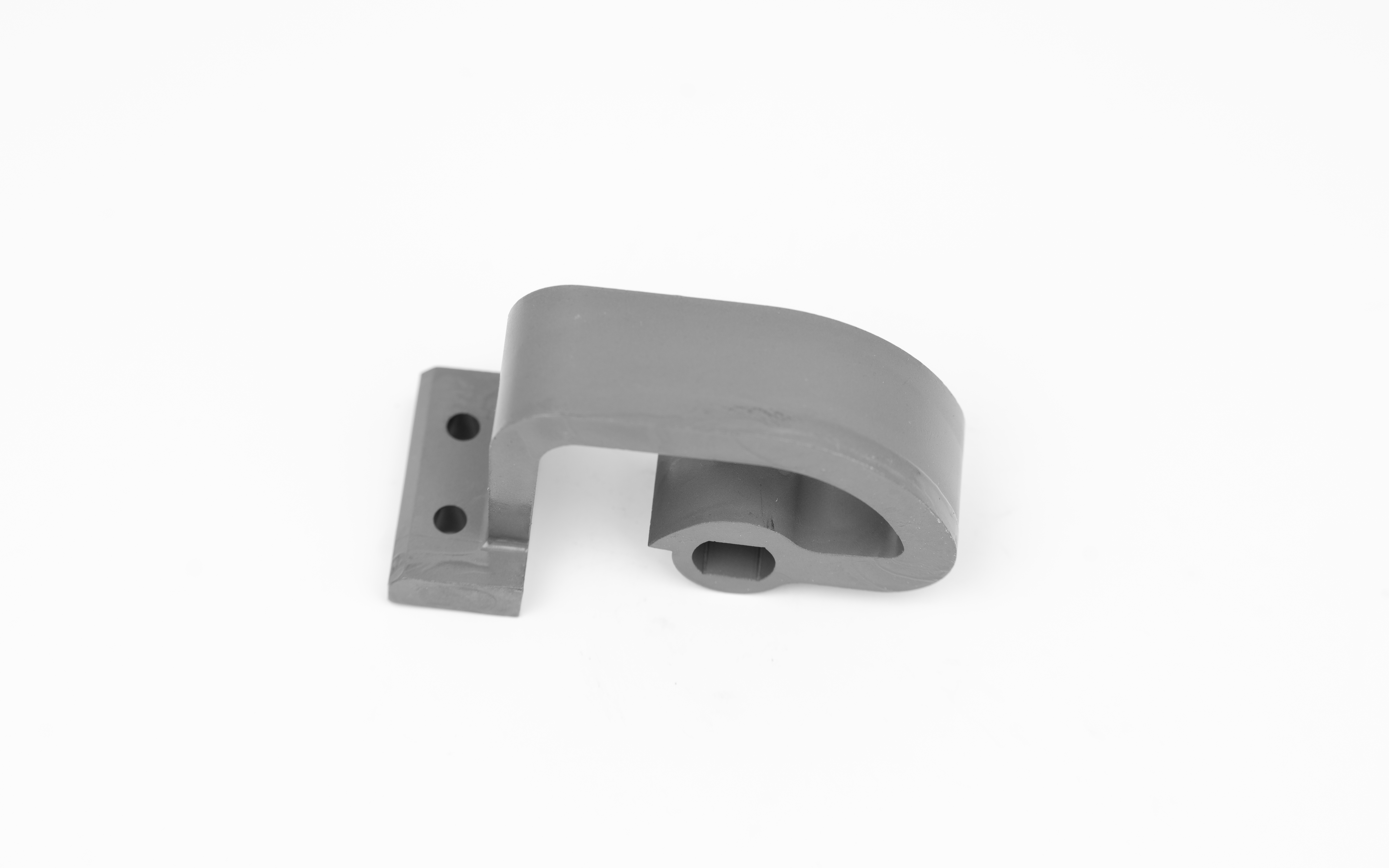Views: 35 Author: Site Editor Publish Time: 2025-04-29 Origin: Site
Subtitle:
How Metal Injection Molding Enables Next-Generation Vehicle Hinge Systems
Introduction:
*"When a Tesla Model X falcon wing door articulates smoothly in -30°C weather, or a BMW i7's folding theater screen clicks securely into place, they're relying on MIM-engineered hinge components. At [Your Company], we're pioneering automotive-grade MIM hinges that outperform traditional manufacturing methods in weight, complexity, and reliability."*
Key Industry Challenges:
200,000+ cycle fatigue life (vs. 50,000 cycles for conventional stamped hinges)
Vibration resistance up to 2000Hz (addressing EV motor harmonic frequencies)
Corrosion resistance against:
Road salt (1000h salt spray per ASTM B117)
Battery acid exposure (pH 0.5~4.5 environments)
Urea solution (SCR system contamination)

Traditional Method Limitations:
| Process | Failure Mode | MIM Solution |
|---|---|---|
| Die Casting | Porosity-induced crack propagation | Near-full density (≥97%) |
| CNC Machining | High cost for complex geometries | Net-shape cam profiles |
| Stamping | Limited thickness variations | 0.3~15mm wall thickness range |
Material Science Breakthroughs:
High-Entropy Alloys (HEA):
FeCoNiCrMn systems with 3x impact toughness at cryogenic temps
Surface hardening to HV900+ via gas nitriding
EMC-Shielding Grades:
Permalloy (80Ni-20Fe) for infotainment screen hinges
Silicon steel laminates for hybrid vehicle applications
Advanced Geometries Enabled by MIM:
Hollow topology-optimized structures (30~50% weight reduction)
Integrated friction surfaces with Ra < 0.5μm finish
Micro-channel cooling paths for battery compartment hinges
Case Study 1: Hidden Door Handle Mechanism
Requirements:
IP67 waterproofing
50G crash survivability (FMVSS 214)
MIM Implementation:
17-4PH stainless with H900 heat treatment
Co-molded EPDM seals in sintering process
Results:
60% fewer parts vs. multi-component assemblies
Passed 300k cycle test at -40°C~120°C
Case Study 2: Rotating Touchscreen Torque Hinge
Critical Needs:
±3% torque consistency across temperature range
EMI shielding effectiveness >30dB
Our Solution:
Multi-layer cam stack (0.2mm thickness variation control)
Mu-metal magnetic shielding compartments
Step 1: Feedstock Development
Custom binders for >60% powder loading (critical for thin walls)
Step 2: Molding & Debinding
8-axis injection molding for undercuts
Catalytic debinding for thick sections (>10mm)
Step 3: Sintering
Vacuum sintering at 1350°C ±5°C
Dimensional tolerance control:
±0.03mm on bore diameters
±0.1° on cam angles
Post-Processing:
Micro-shot peening for compressive stress
PTFE-impregnation for self-lubricating surfaces
Smart Hinges: Embedded fiber Bragg grating sensors for real-time load monitoring
Sustainable MIM: Closed-loop powder recycling achieving 95% material utilization
Multi-Material MIM: Combining stainless steel with ceramic insulators in single process
Certifications & Standards:
IATF 16949 certified production
Validated per:
SAE J2748 (corrosion)
ISO 22775 (cycle testing)
GM GMW3097 (chemical resistance)
